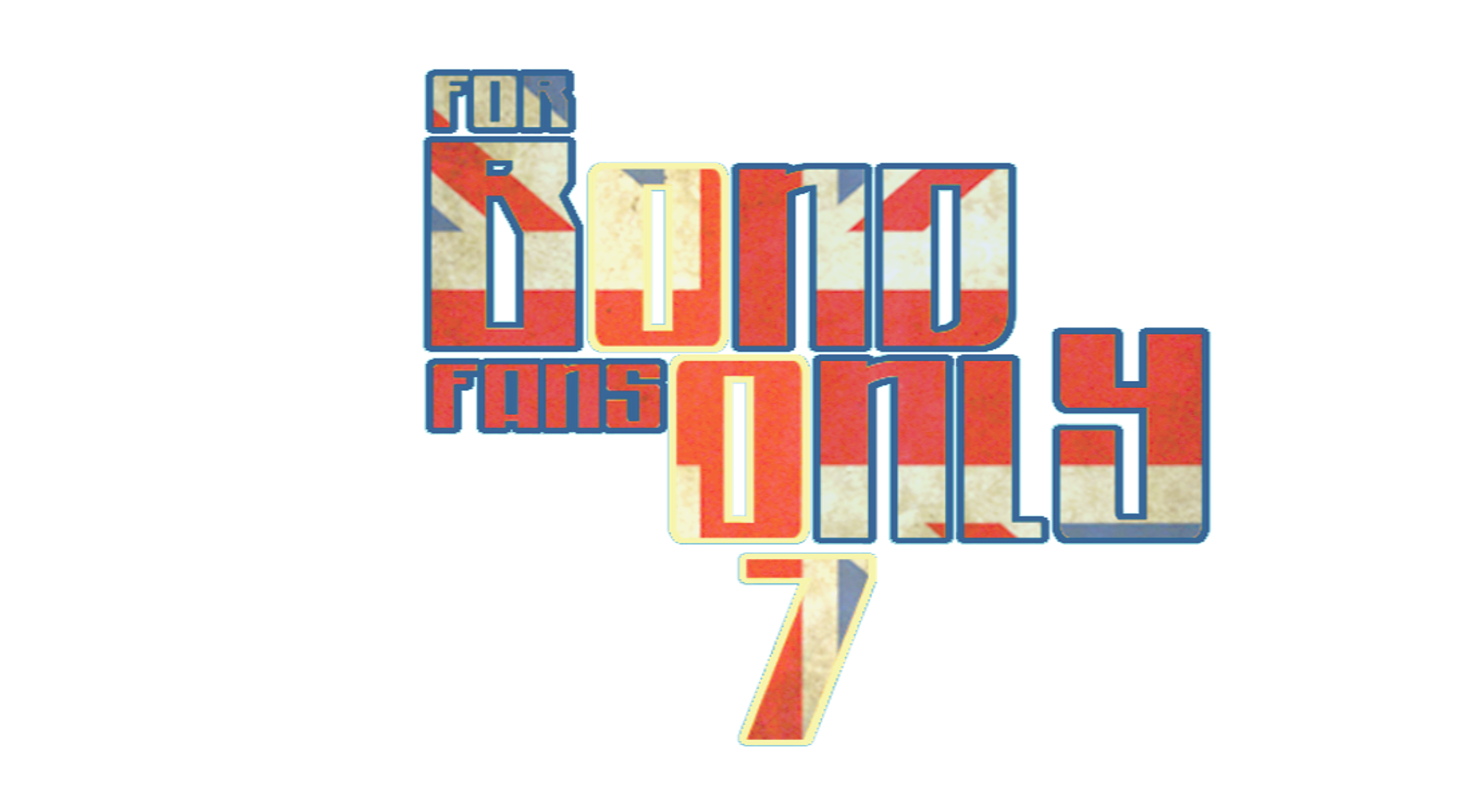Does it really matter if Bond never lights-up again? I say no.
For many long-term Bond fans, the red glowing allure of the cigarette is an integral part of the character's classic image. We all know that Bond, like his earlier literary "noir" counterparts, smoked like a dozen chimneys.
When we saw 007 in his first big-screen Eon adventure, he was smoking away without a care in the world. It became one of the most iconic cinematic introductions of the 20th century and is still a joy to watch.
Yet 1962 was long after the classic Hollywood system, known for routine big deals with tobacco companies. Even in the early 60s, smoking was starting to lose some of its appeal in the film industry. Perhaps partially because of this, Bond only smokes a handful of times after the 1960s. Attitudes towards lighting-up were changing as awareness of the dangers were rising.

Today, smoking in films is something of a rarity. The "cool" factor died out long ago. Why? Because smoking is no longer cool in contemporary cinema. Of course, plenty of people still smoke every day. Yet, the general media-influenced attitude to smoking itself has shifted firmly into the negative. The connection is no coincidence.
Some fans have debated whether cigarettes should make a return to the Bond world. Faint cries of "political correctness gone mad" often aren't far behind by certain groups of fans. A particular nostalgic trail of thought maybe. Being of the much-mocked snowflake/millennial generation, I can proudly say that it doesn't bother me if Bond never smokes again.

When I first became a fan of the series, Bond had entered something of a renaissance. Following six long years, it had been revamped into a contemporary action-packed extravaganza with a clean-cut and smoke-free Irishman at the helm. Okay, this new Bond universe may not have had the cigarette-stained appeal that older generations loved. Still, for me, the sense of adventure and fast-paced adrenaline were what counted. Bond retained his sex appeal. That was what mattered.
Fast forward just over ten years, and we have a new "rough" Bond — one that comes closest to the character Ian Fleming created. One who fights dirty, drinks like a fish, looks haggard and enjoys a good shag — and yet not a cigarette in sight. Does this matter? No, not in the slightest.
While Bond may not light-up once in Casino Royale, the film's darker narrative and glamorous, yet decidedly brutal tone, more than compensate for that. A cigarette may be missing, but pain, violence, and suffering are emphasised arguably more than they had been for a long time.

The murky world of espionage had made a reappearance despite the absence of tobacco and nicotine. Bond's cigarettes have become somewhat inconsequential in the movie universe, peaking in the 60s, yet quickly declining in the decades since, to the point where characters around him smoked far more than he did.
Could Bond smoke if the producers let him? Absolutely, although it's not financially profitable, given the many younger audiences who watch this film and that smoking is no longer the social norm.
More importantly, for me, it would not necessarily make the film any better. As I commented earlier, the last time we saw 007 smoke was in Die Another Day — a film that is widely considered the worst in the series.

It would somehow seem a more significant issue if Bond ditched his other vice: the vodka Martini. A staple in Bond culture and, from a contemporary standpoint, utterly appropriate for Daniel Craig's modern Bond. Craig's 007 is someone who may not smoke but still likes to indulge in alcohol.
Maybe my point is a somewhat hypocritical one. Still, I believe that the Martini has played a far bigger part in the Bond image than the cigarette – certainly in recent times.
Ciggies have practically disappeared from most of Bond's history, and the little stick is no longer the staple to Bond's identity that it was in 1953.





